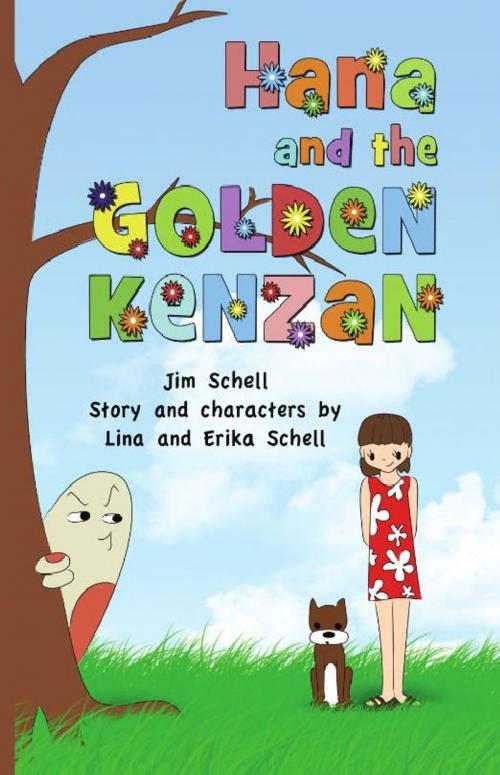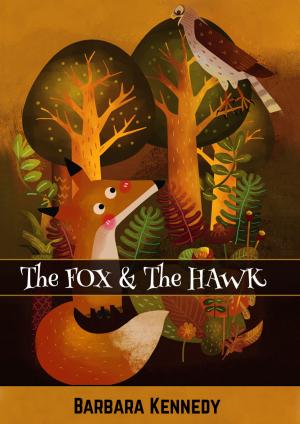Hana and the Golden Kenzan
Nonfiction, Reference & Language, Foreign Languages, Japanese, Kids, Fiction, Action/Adventure, Teen| Author: | Jim Schell | ISBN: | 9781456601188 |
| Publisher: | eBookIt.com | Publication: | February 28, 2011 |
| Imprint: | eBookIt.com | Language: | English |
| Author: | Jim Schell |
| ISBN: | 9781456601188 |
| Publisher: | eBookIt.com |
| Publication: | February 28, 2011 |
| Imprint: | eBookIt.com |
| Language: | English |
When Hana's parents leave on a trip to Brazil looking for new plant life she and her dog Bunny must move to her Japanese grandmother's house for the summer. With no Internet and no cable TV Hana feels cut off from the world. Soon after Hana and Bunny arrive at the house things start to get strange. Hana discovers a garden with talking flowers and insects. When she finds out that zombie weeds are about to take over the garden and perhaps more it's up to her to save the day. Will she save her friends or will the garden finally fall under a wicked spider's control? The ancient Japanese art of Ikebana – flower arranging – may hold the answer. Hana and the Golden Kenzan is based on characters illustrations and story ideas developed by Lina and Erika Schell when they were 12-years-old. The book was written by Lina's and Erika's father. The girls' mother – Miwa – is a licensed Ikebana instructor and provided inspiration for the story.
When Hana's parents leave on a trip to Brazil looking for new plant life she and her dog Bunny must move to her Japanese grandmother's house for the summer. With no Internet and no cable TV Hana feels cut off from the world. Soon after Hana and Bunny arrive at the house things start to get strange. Hana discovers a garden with talking flowers and insects. When she finds out that zombie weeds are about to take over the garden and perhaps more it's up to her to save the day. Will she save her friends or will the garden finally fall under a wicked spider's control? The ancient Japanese art of Ikebana – flower arranging – may hold the answer. Hana and the Golden Kenzan is based on characters illustrations and story ideas developed by Lina and Erika Schell when they were 12-years-old. The book was written by Lina's and Erika's father. The girls' mother – Miwa – is a licensed Ikebana instructor and provided inspiration for the story.















